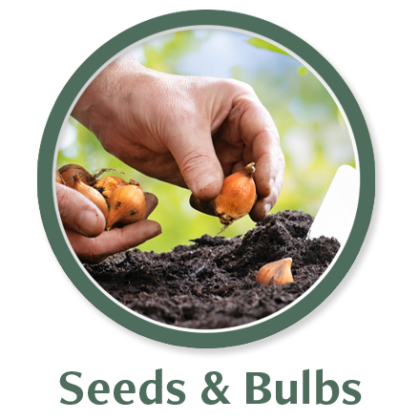

Just one cup of raw blackberries contains half your daily recommended intake of vitamin C, the vitamin integral to collagen formation in connective tissue, blood vessels and bones, making blackberries a great addition to ones diet. Vitamin C has also been linked to shortening the common cold, preventing scurvy, healing wounds and reducing free radicals – the molecules released by toxins, causing cancer and heart disease to name a few conditions.
One cup of blackberries (approx. 144g) contains the following nutrients:
62 calories, 13.8g carbs, 7.6g fibre, 2g protein, 0.7g fat, 30.2mg vitamin C, 308.2 IU vitamin A, 29mcg vitamin K.

Although it is possible to pick wild blackberries, growing your own cultivated varieties is a much better option as the cultivated varieties tend to be more productive and more reliable than wild varieties. Also any blackberries growing by the roadside can be covered in or absorb pollutions from the passing vehicles, albeit safe to eat, it’s worth the effort to grow your own.
When thinking about growing blackberries, consider that some compact varieties do well in containers and others can be grown to ramble over fences, walls, arches and pergolas.

For a productive plant it’s best the grow blackberries in a sunny, sheltered position, but they will tolerate part shade. 
A moisture-retentive and free-draining soil is ideal for blackberries, so in the cases of heavy clay, chalky or sandy soils it’s worth improving with organic material before planting, or thinking about raised beds or container growing.
Space is required for blackberries but the spacing does depends on the variety, typically between 2.5m – 2.4m apart, but be aware than a single plant can yield a significant amount of berries and therefore you’d need to consider if you need multiple plants.
When planting the rootball should be covered with about 8cm of soil.
For vigorous cultivars a sturdy support system is required. We suggest planting against a wall 1.5-2m high or posts, both with wires running 45cm apart, starting with the lowest wire 23cm from the ground.
To encourage the plant to throw up a lot of vigour and create healthy shoots in the spring it’s a good idea to cut down the canes to a healthy bud which may seem drastic but will benefit the plant.





Feed in the spring with a high potassium general fertiliser as instructed on the box.
Each year apply an organic mulch to the plant, making sure to avoid causing rotting to the crown by mulching up to 5cm away from the new canes.
Mature plants wont need much watering although it will impact the size of the fruit depending on how often it is watered. Aim to water every 10-14 days during the summer, whereas young plants will require watering every 7-10 days during dry spells.
Regular pruning and training is necessary for blackberries to make accessing fruit easier, keeping their form attractive and focusing energy into fruit development. 
Newly-planted canes will require their shoots tying in regularly and then cut back any sideshoots to 5cm once the plant has reached it’s first winter.
New canes will be thrown up from the crown in the second year after planting. With these new canes, bundle them together loosely and insert four bamboo canes in a square vertically around the crown. Then pull the new canes into the centre, tying the bamboo canes to hold in place.
Prune to short sections any year-old canes once they have finished fruiting, then extract them taking care to avoid the thorns from snagging the young canes. Once complete you can untie the supporting twine and train the new canes along the wires.


Leafhoppers
These light green long insects can grow up to 3mm and our often found jumping in sheltered areas of plants. They suck the sap of plants causing white flecking on leaves.
Pick the insects off as you see them.
Birds
Birds will take the fruit as they grow, so it’s worth covering the plant in a fruit cage or netting before the fruit develops. Other bird scaring devices are available from our garden care department.

From mid-summer the berries will start to ripen, and are best picked when they are ripe. You will know when they’re ready for picking as they will be a deep purple-black colour, plump and juicy.
They can be eaten raw, kept in the fridge for a week or so, or frozen for use later.














